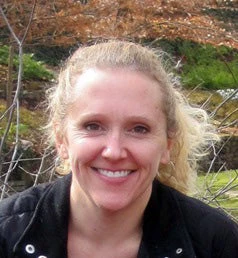The expansion of household surveys in Africa can now show us the number of poor people in most countries in the region. This data is a powerful tool for understanding the challenges of poverty reduction. Due to the costs and complexity of these surveys, the data usually does not show us estimates of poverty at “local” levels. That is, they provide limited sub-national poverty estimates.
For example, maybe we can measure district or regional poverty in Malawi and Tanzania from the surveys, but what is more challenging is estimating poverty across areas within the districts or regions (known as “traditional authorities” in Malawi and “wards” in Tanzania).
To address this shortfall, several years ago a research team from the World Bank developed a technique for combining household surveys with population census data, and poverty maps were born. Poverty maps can be used to help governments and development partners not only monitor progress, but also plan how resources are allocated. These maps depend on having access to census data that is somewhat close in time to the household survey data. But what if there is no recent census (they are usually done every 10 years) or the census data cannot be obtained? (I will resist naming and shaming any specific country): we are left with no map. Can we fill in the knowledge gaps in our maps?
Research on malaria may hold the key—specifically, the Malaria Atlas Project. By overlaying estimates of malaria from surveys with a lot of geo-referenced statistics, this project fills in the gaps between malaria survey data points. What emerges is a high-resolution map of malaria.
A research team at the University of Southampton and the University of Oxford has started a pilot project that applies the malaria mapping approach to mapping poverty. The project is supported by the Bill & Melinda Gates Foundation. Applied to poverty, the set of “geospatial covariates” can include population estimates, climatic conditions (rainfall, temperature, aridity), roads, land traits (land cover, irrigation, elevation), night-time lights, and potentially other map-able traits like schools and health facilities. Some of this information comes from satellites and others from administrative data with geo-referencing. While the effort is still in a pilot phase, and more validation will need to be done, this method holds a lot of potential.
Take Sierra Leone, where census data will not be available before late 2015. The government plans to use a geo-spatial poverty map to make more informed decisions for the purposes of targeting major social programs. Specifically, the map will aid in the broad geographical allocation of resources, the first stage of a multi-stage process of targeting programs to households.


Join the Conversation